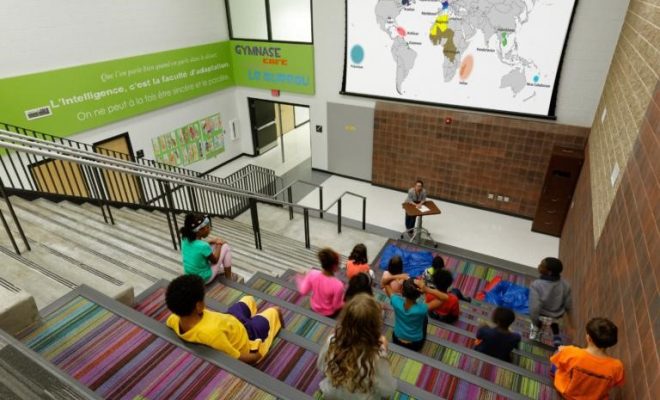How Schools Can Fight Cheating with Artificial Intelligence

Cheating is a serious problem in American high schools and universities. According to the International Center for Academic Integrity (ICAI), about 68 % of undergraduate students and about 43 % of graduate students admit to cheating on tests or in written assignments. Even top tertiary institutions like Harvard, Stanford University, and Duke University among others have not escaped cheating scandals. Several studies point to a similar problem in high schools.
Schools have been looking into ways to prevent high-tech cheating before it happens, and now artificial intelligence can also be leveraged for this purpose. There is a number of new technologies that universities can leverage to prevent cheating and plagiarism.
Turnitin
Turnitin is an online plagiarism detection service that was launched in 1997. The web service is used by thousands of academic institutions to scrutinize written work by students. Turnitin uses machine learning, computer vision, and advanced artificial intelligence to ferret out cheating and plagiarism. It checks for plagiarism in writing and code assignments, provides real-time feedback for students, and automates grading for teachers across multiple disciplines.
Turnitin’s various products are in wide use: more than 30 million students from more than 15,000 K-12 and higher education institutions in 153 countries. Its network of clients includes educational and research institutions, corporations and governments. The web service has a phenomenal database of literally millions of documents, essays, research papers, academic articles and surveys, web pages and more to compare any writing samples for suspicious correspondence. This database also includes student papers submitted on Turnitin, which run into millions.
Protortrack
Proctortrack is a student verification tool, which uses facial recognition software to track a student’s movement during a test or an exam. In so doing, the system acts as a virtual supervisor. Facial recognition software tracks student movement during the exam period, and generates a report for the instructor, flagging any behavior that may look suspicious, like stretching to reach for something or bending down to pick something up. The software can pick up when a student is consulting notes, searching for answers online on trying to contact someone.
Proctortrack was developed by, Verificent Technologies. According to the Proctortrack website, more than 5.5 million transgressions have so far been detected.
Demographic data
Gathering demographic data on students is another approach being used by academic institutions to tackle possible cheating in the future. Several institutions are gathering demographic data about students’ age, family education level and are combining this data with information on classroom involvement to predict if a student is likely to fail or pass a course and also to predict whether the student is likely to complete the course in four years. Should the data reveal that a student is highly unlikely to pass, the temptation to cheat in order to pass could be removed by counseling the student on rather enrolling for a more suitable course.
Technology has made it easier to cheat in exams and on writing assignments, but it is also making it increasingly easier to get caught.






